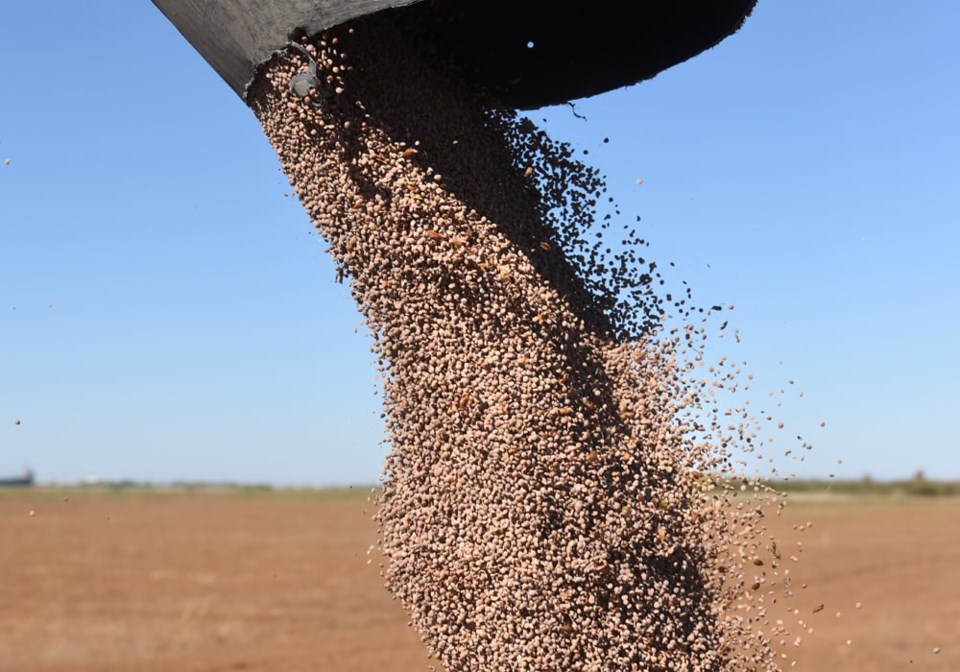WESTERN PRODUCER — The chasm between federal and provincial lentil yield estimates continues to grow.
Stat Publishing said markets “received something of a shock” from Saskatchewan Agriculture in its.
The report pegged the province’s average lentil yield at 1,305 pounds per acre, which is well above the 931 lb. per acre forecast by Statistics Canada in its September report.
In a recent article, Stat editor Brian Clancey estimated the national average could be 1,289 lb. per acre based on Sask Ag’s estimate and data published by Alberta Agriculture.
That would result in , which would be 39 percent bigger than Statistics Canada’s estimate of 1.54 million tonnes.
Marlene Boersch, managing partner with Mercantile Consulting Venture, has an educated guess about which one is right.
“We did a couple of crop trips and I’m tending to side more with the provincial numbers,” she said.
Boersch said the discrepancy in government estimates is becoming a “big problem” for lentils and other crops such as durum.
“The confidence in StatsCan’s numbers is getting lower and lower, frankly,” she said, noting that they can’t even seem to get export numbers correct for small-acreage crops such as canaryseed and mustard.
Even if Canada’s crop turns out to be much larger than the federal government estimate, global supplies will still be snug this year.
“Overall, there is no question in my mind that the balance sheet for lentils is fairly tight,” said Boersch.
Stat is also unconcerned about the size of Canada’s crop because even if the provincial numbers are correct, it will still be smaller than last year’s 2.3 million tonnes.
“Such a result could see red lentil output end up at 1.44 million tonnes, down from 1.83 million last season,” said Clancey.
“By contrast, large green output could climb from 304,500 to 445,000 tonnes and small green from 136,000 to 221,000 tonnes.”
He expects carryover stocks for most classes to decline due to .
“The only exception may be an increase in small green inventories, even though markets remain optimistic about the demand profile for that class,” he said.
Australia is harvesting what the government anticipates will be a 1.23 million tonne red lentil crop.
That would be 27 percent smaller than last year but nearly double the five-year average prior to that.
Some analysts believe Australia’s crop will be even larger because they think the government is under-estimating lentil acreage.
Boersch doesn’t think it will be much larger than the government number based on conversations she has had with her Australian contacts.
Gaurav Jain, analyst with AgPulse Analytica, does not think the second largest crop in Australia’s history will weigh down markets.
“The 2023 harvest is poised to be quickly absorbed by Asian countries,” he said in a recent article he wrote for the Global Pulse Confederation’s website.
“This year, we anticipate a demand-driven market during harvest — a rare occurrence in agricultural markets.”
India’s import demand for lentils and pigeon peas has seen a “significant uptick” in the first half of 2023.
AgPulse is forecasting a combined 1.2 million tonnes of lentil and pigeon pea imports for the second half of the year, with each crop contributing half of that volume. That would be a record for India.
The lentils would be supplied by Canada and Australia.
Contact [email protected]




